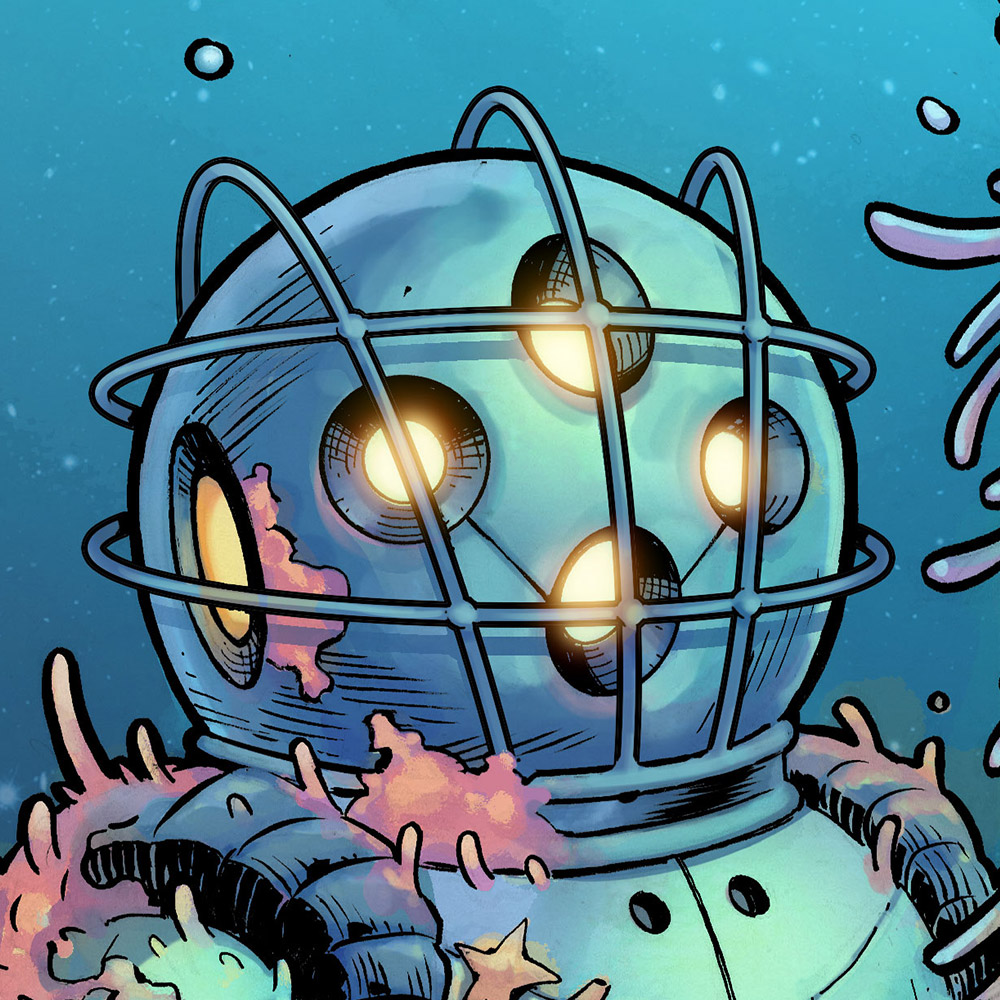A Sleeping Giant Wakes – Permafrost Melting All Across Arctic Canada
MACKENZIE RIVER DELTA, N.W.T. — The sun is beating down on an icy bluff, sending chunks of ancient permafrost crashing to the ground. Rivers of mud stream off the exposed permafrost, cracking and dripping in the 20 Celsius late-summer heat. Enormous ice wedges that have grown metres long over the eons protrude from the top of the bluff like giant fangs.
“Is this cool or what?” asks Scott Dallimore of the Geological Survey of Canada as he scrambles out of a helicopter in his hip waders. He heads for the steel grey bluff to take a closer look. But the melted permafrost is like quicksand and stops him in his tracks. “We first found this exposure two years ago,” says Dallimore. The contorted pattern of the exposed permafrost suggests it might be hundreds of thousands of years old. “It’s been frozen like this forever.”
But not for long. The bluff, on an island that is one of the anchor sites for the proposed $7-billion Mackenzie Valley pipeline, is melting away at the rate of 10 to 20 metres a year. So are hundreds of other permafrost ridges and cliffs across Canada’s North.
Geoscientist Rob Bowen, working with Dallimore to assess gases escaping from the frozen ground, likens permafrost to a “sleeping giant” that could awaken with potentially catastrophic consequences. One nightmare scenario suggests that as permafrost warms, it might belch out enough methane — a greenhouse gas — to trigger runaway global warming. There is some evidence such giant burps have occurred in the past. Permafrost also contains large stores of mercury, a neurotoxin, and massive amounts of soil carbon, which could speed global warming. But it’s the water melting out of the upper layer of permafrost that’s of immediate concern to engineers and northern planners. The so-called “active” layer — the top metres or two of permafrost that melts every summer and then refreezes — is becoming more active, playing havoc with the region’s infrastructure. And vulnerable permafrost cliffs and ridges are melting, sending enormous blocks of the frozen ground sliding and toppling into Arctic seas and rivers.
http://www.canada.com/victoriatimescolonist/news/story….
—
Inuit feel the effects of global warming
The arctic is changing so rapidly that Nunavut elders can no longer tell what ice is safe, and new birds and insects are making their way into the region.
Spring starts early and fall starts late, robins are flying into the region and hungry polar bears are fading to little more than skin and bones as global warming radically reshapes the landscape, Inuit elders warned officials in Ottawa Thursday.
Peter Irniq, a former Nunavut commissioner, said the changes had been so swift that local knowledge was no longer keeping up. Ice-fishing grounds that had been in use for 30 years were now cracking, and people were falling to their deaths.
“We’re seeing changes, we’re seeing with the way that we are living in the arctic, the issue of climate change and global warming is not just a debate any more. It’s real, it’s there. It’s not just an issue for scientists. It’s not just an issue for Inuit any more.”





0 Comments